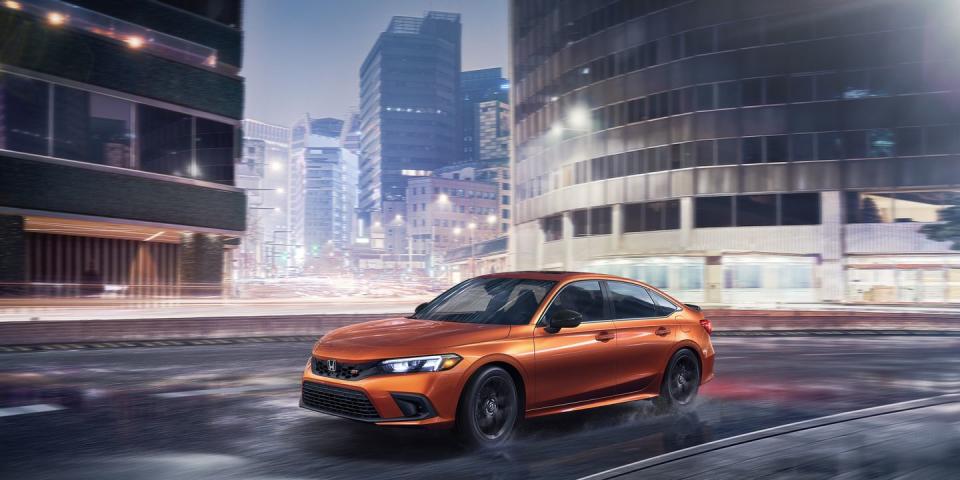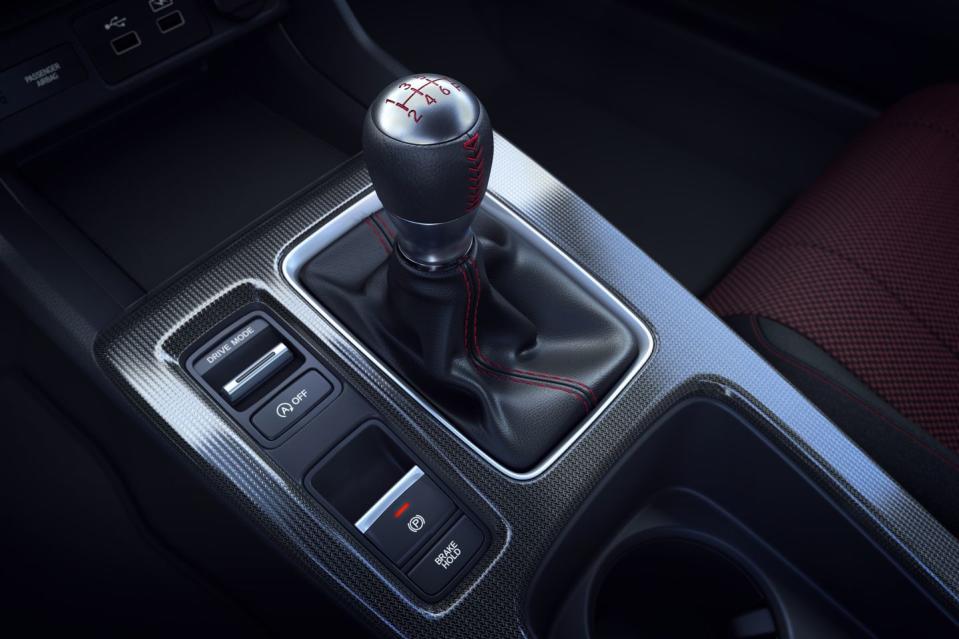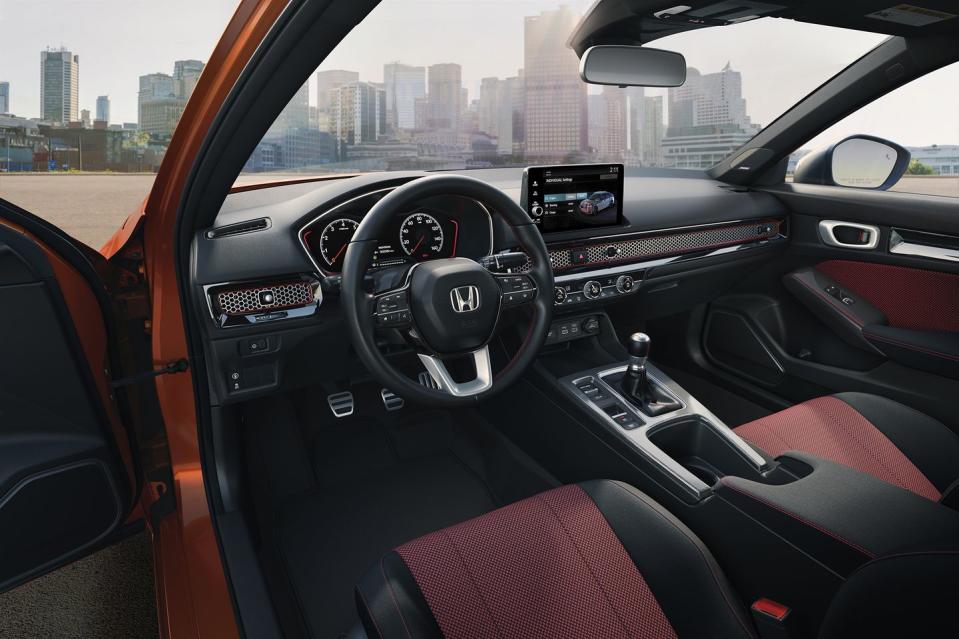The 2022 Honda Civic Si Is Still Great

So often what starts as a good idea devolves into parody. Big tires on pickups became monster trucks, eventually leading to tube frame weirdos covered by flimsy cartoon bodywork crushing cars in football stadiums. BMW M started out building lightweight race cars, became a “premium brand,” and winds up a random letter on the tail of three-ton, turbocharged SUVs. But the Honda Civic Si has sustained itself as a singular notion since 1986. There are a lot of detail changes on the 2022 Civic Si sedan–based on the eleventh generation Civic–but the idea remains the same.
As before, it’s a somewhat more powerful, significantly better handling, better equipped Civic with vastly superior seats. It’s fun, not expensive, and only comes with a six-speed manual transmission. No dual clutch futzing, no goony virtual gears in a CVT. It’s a real manual that needs one perfectly weighted wand and a third pedal to operate the clutch. Want an automatic transmission? There are four other Civic sedan trims. The only way to get a manual transmission in a 2022 Civic sedan in America is to get the Si (hatchback fans have the manual available in two trims). And because there’s no longer a Civic coupe, there’s no two-door Si either.
Don’t get antsy for big power in the new Si. The 1.5-liter turbocharged four has returned and it’s now rated at 200-horsepower. That’s up 20-horses from the similar engine used in the Touring and EX models, and 42 more than the naturally aspirated 2.0-liter four installed in the LX and Sport. It is, of course, basically a carryover from the last Si, which left production after the 2020 model year. Make that “carryover-ish.” The 2020 engine was rated at 205-horsepower.
Those five-horsepower were sacrificed on the altar of broader torque production. The 2020 Si made its peak 192-pound feet of grunt between 2100 and 5000 rpm. The 2022 edition’s peak 192-pound feet between 1800 and 5000 rpm. The horsepower peak has also moved 300 rpm from 5700 in 2020 to 6000 for 2022. The redline is still pegged at 6500 rpm.

A 30-percent lighter flywheel means the 1.5 turbo engine has less mass to move on initial acceleration and slightly less mass that acts in engine braking. Subjectively, the engine feels, and this word is embarrassing, zippier. With relatively light clutch action and a precise shifter, the engine is an utter joy to thrash. But it will also climb right up to the rev limiter when wound out. There’s likely another 500 to 750 rpm of usable torque available at the top end, Honda should consider liberating it at some point. That might mean a few more warranty claims. Big deal. Such is the price of artistic engineering.
Also new is a rev-matching feature for the transmission. At least in the context of this short exposure around the hills above Malibu, the rev-match works great. It makes even a ham-handed car writer feel like Ayrton Senna. Or at least what a ham-handed car writer thinks it was like to be Senna.

Never, in the history of all products ever made, has a manufacturer claimed that a succeeding generation of that product has less structural integrity than the one it has superseded. So the new Si benefits from being an 11th generation Civic. The structure is better, the steering is more precise and at 107.7-inches, the wheelbase is 1.4-inches longer. There’s also a larger 9.0-inch touchscreen at the dash top, the overall design is more coherent and the interior decoration is more, well, confident. The front seats, always among the Civic Si’s best features, use the same frame structure as regular Civic chairs but are better bolstered. Actually, they’re much better bolstered. There’s little need to think of swapping out these seats for anything more exotic.

 Yahoo Autos
Yahoo Autos 